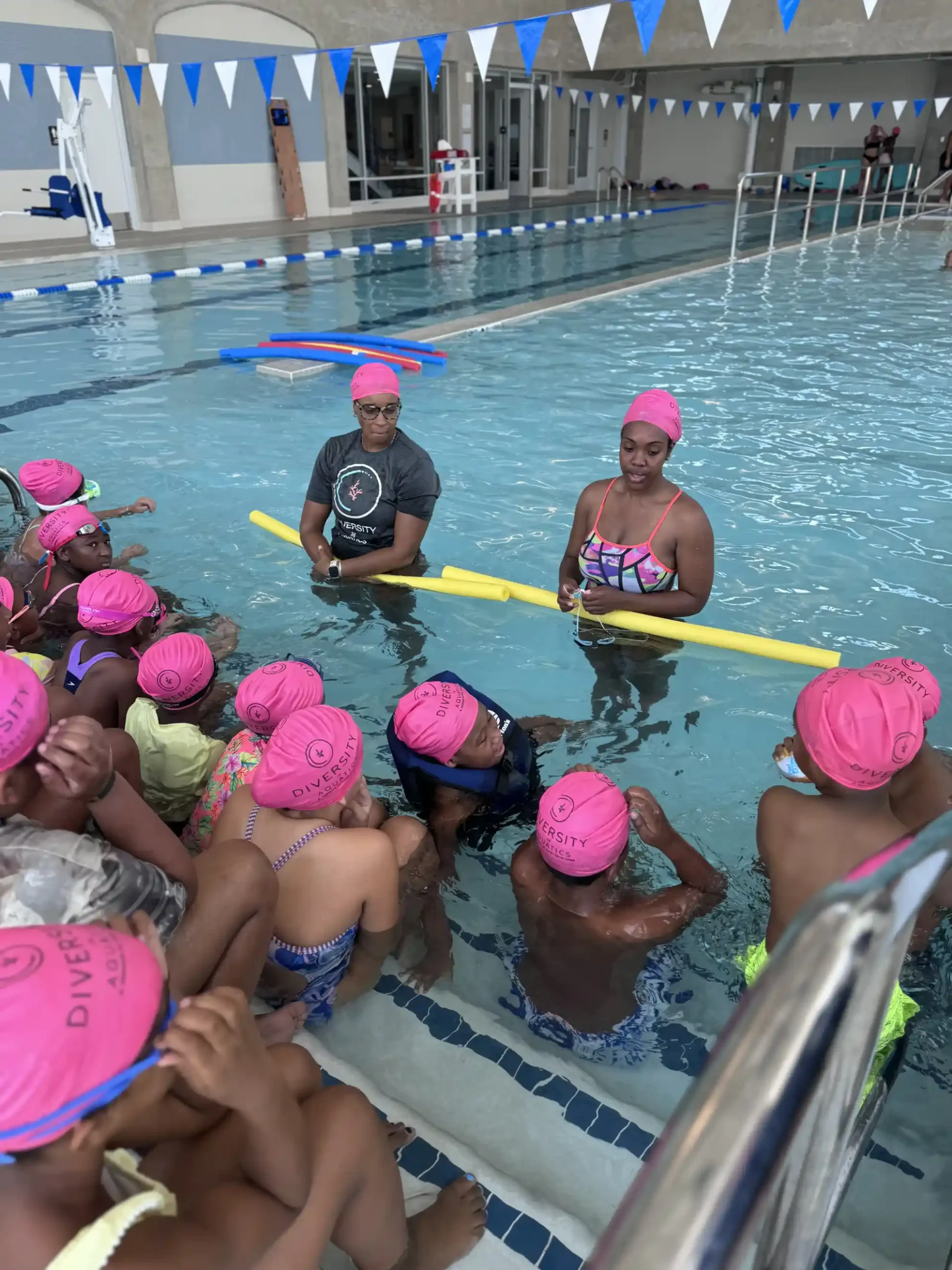Early Water Safety Education: Starts at Home
Water safety education should begin long before a child sets foot in a pool or at the beach. The home is often where children first encounter water—whether it’s the bathtub, a backyard pool, or even a bucket. Teaching children about water safety early helps form habits that could one day save their lives.
Young children are naturally curious, and without the knowledge of boundaries and risks, they are especially vulnerable. Parents and caregivers play a crucial role in laying the foundation for safe water behavior. Use bath time as a teachable moment to introduce safety concepts like staying seated, not splashing too wildly, and always asking an adult before going near water.
Incorporating water safety into daily conversations makes it a normal part of life. Children who grow up hearing about water safety will be more likely to adopt careful habits as they grow. Instilling this awareness early reduces fear and builds respect and confidence around aquatic environments.
Supervision is the single most important factor in preventing drownings. Drowning can happen in seconds and is often silent—making constant and active supervision non-negotiable.
Adults should always be within arm’s reach of children under five whenever they are near water, no matter how shallow. This includes bathtubs, kiddie pools, and even toilets. Older children should still be watched closely, especially in home pools or lakes.
Avoid distractions during water activities. Activities like reading, phone use, or cooking should be set aside when children are playing in or around water. Assign a “Water Watcher”—an adult designated to supervise during water play—to ensure someone is always paying full attention.
Even with alarms, fences, and swimming skills in place, nothing replaces direct supervision. It’s your first line of defense.
Creating a safe home pool environment involves more than just supervision—it requires proactive safety measures to physically prevent accidents.
Install barriers: A four-foot-tall fence around the pool with a self-closing, self-latching gate is essential. Ensure the gate latch is out of children’s reach and check regularly that all entry points are secure.
Use pool and door alarms: These alert you when someone enters the pool area unexpectedly. They provide an additional safety net, especially in homes with young children.
Cover or secure other water features: This includes hot tubs, fountains, ponds, and even buckets. Any water source deeper than a few inches can pose a risk.
Maintain pool chemicals properly: Keep all chemicals stored in a locked, child-proof location, and follow manufacturer guidelines for safe handling and usage to prevent poisoning or burns.
Regular safety checks of the pool and surrounding area ensure that your safety tools and protocols remain effective.
Swimming is not just a recreational skill—it’s a survival tool. Start teaching water basics as early as possible, even before formal lessons.
Young children can learn to float, hold their breath, and kick—skills that can help them stay afloat long enough for rescue. Encourage comfort in water through safe, parent-guided play. Once a child is ready, enroll them in certified swim lessons that include water safety education.
Swimming education should be consistent and progressive. As your child grows, their lessons should evolve to include stronger strokes, treading water, and understanding how to identify and respond to danger.
For families with limited access to lessons, local community centers, swim programs, or nonprofit partnerships may offer free or subsidized instruction.
Children learn by example, and adults play a vital role in shaping attitudes toward water safety. Always model safe behavior, whether at home or out in the community.
Avoid swimming alone, jumping into shallow water, or horseplay near pool edges. Make wearing life jackets a norm during boating or water-based outings.
Discuss your safety decisions with children to reinforce their understanding. When they see trusted adults taking safety seriously, they are more likely to adopt similar habits themselves.
Water safety begins at home and starts with each of us. By integrating simple safety practices, modeling responsible behavior, and advocating for equitable access to swimming education, we can protect the lives of those we love.
Let’s work together to create homes and communities where every child is safe around water.
Start as early as infancy by modeling safe behavior and introducing basic concepts during bath time.
The American Academy of Pediatrics recommends starting formal swim lessons around age 1, depending on the child’s readiness and comfort.
Install a four-sided fence with a self-closing gate, use alarms on doors and pools, and remove toys from the pool area to reduce temptation.
No. Floaties can slip off and give a false sense of security. Use U.S. Coast Guard-approved life jackets instead.
Just a few inches—drowning can happen in bathtubs, toilets, or buckets.
Yes. Always empty and store kiddie pools upside-down when not in use to prevent access.
Absolutely. Even experienced swimmers can get into trouble due to fatigue, injury, or water hazards.
Check the water first. Seconds count, and immediate response is critical.
Learn CPR, keep rescue tools nearby, and have a clear emergency action plan.
Yes. Many local organizations offer scholarships, low-cost classes, or free swim programs—contact your local parks department or YMCA for options.
